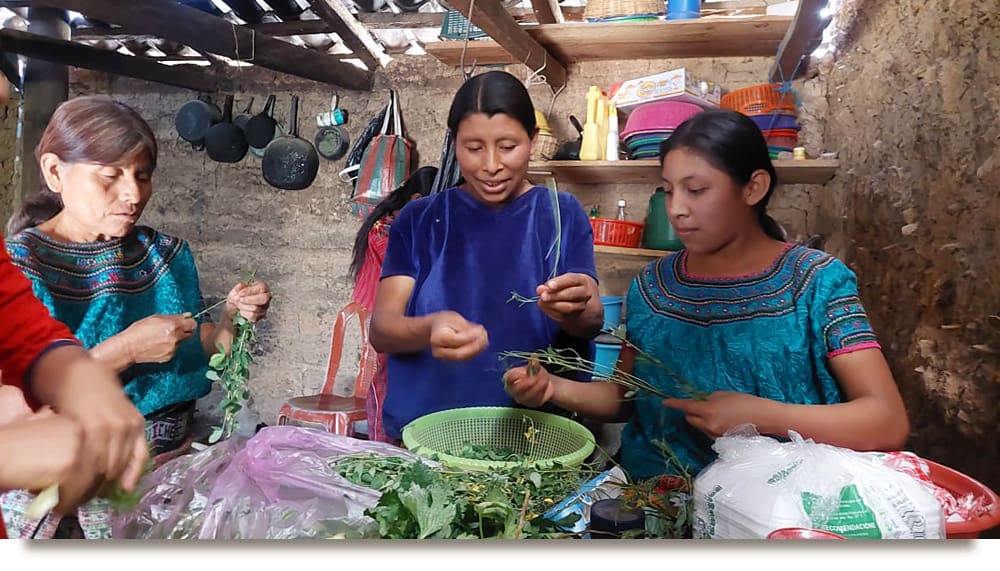
Exploring the Guatemalan Kitchens Where Nutrition Comes to Life
Suzanne and I first visited Chocolá in 2004 as part of a volunteer group helping archaeologists investigate a pre-Columbian Maya site surrounded by volcanos on the Pacific piedmont in Guatemala.
Archaeologists speculate that in the time of the Maya, and the Olmecs before them, the ancient city of Chocolá may have been a major regional trading center, connecting cities in what is now Mexico to cities further south.
While the people of Chocolá today are predominantly of Maya descent, the area has a complicated history that includes Spanish, German, Italian and Scotch immigrants who came to the area during the development of coffee plantations and benefícios (coffee processing plants). Even today one can see remnants of these influences in building design and decorative filigree.
As I directed my camera to record images of the modest homes, kitchens and yards of Chocolá, I began to understand more deeply that, as in many cultures, the kitchen is often the center of the family universe. In this tropical climate area, kitchens are sometimes in outdoor areas, sometimes in separate buildings, sometimes part of the main room of a house, but all are busy “family centers.” I often heard men and women singing or laughing happily as their little ones squealed while playing childhood games.
This photo essay reveals the inventiveness of people who might not have a lot of money, but who understand how to build and create – skills that are often reflected in their kitchens. Kitchens are filled with treasured tools and provide shade from the hot tropical sun, warmth on chilly nights and shelter from the seemingly endless thunderous rains that make the landscape speak.
Kitchens are where loving hands bring nutrition to life.
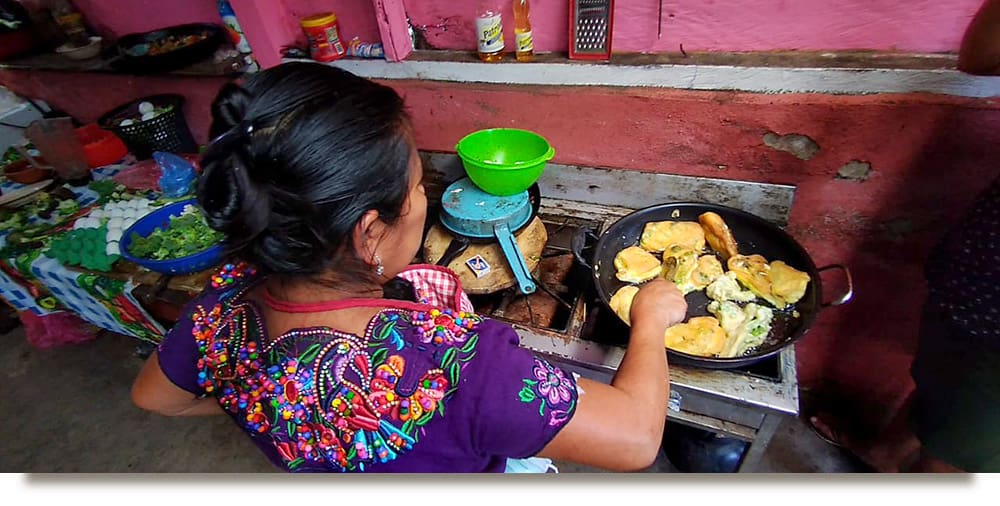
Some homes still use the floor-level 3-stone fire for cooking, but today the
most common cooking area is raised on a sturdy table.
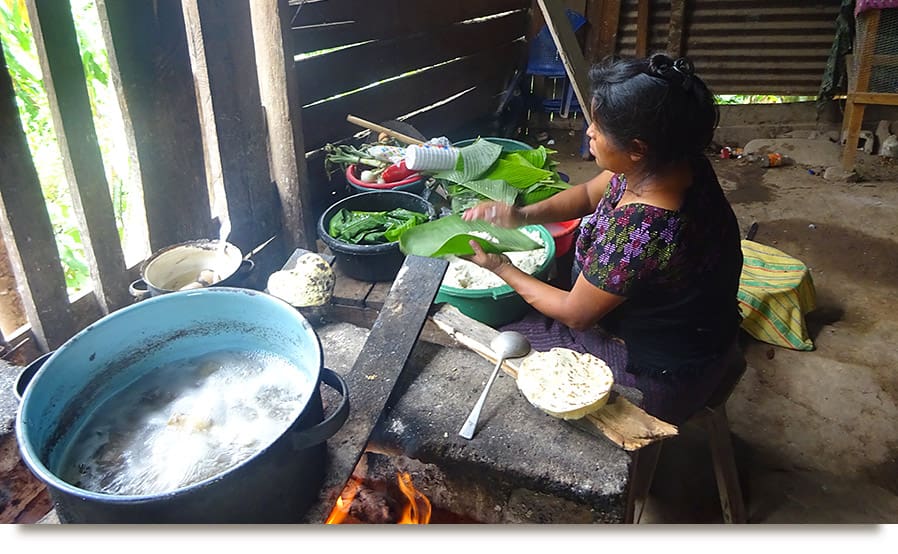
Floor-level cooking area
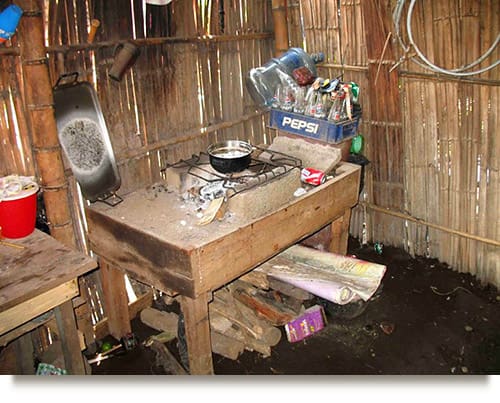
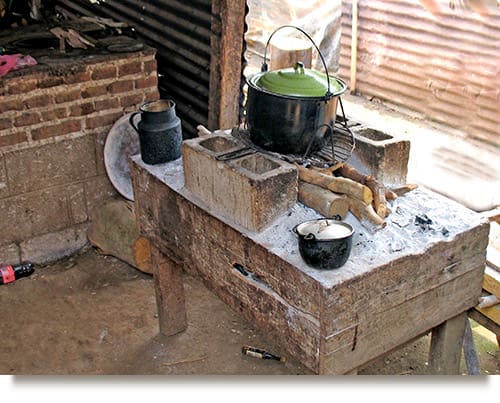
Fairly typical kitchen areas with raised stoves
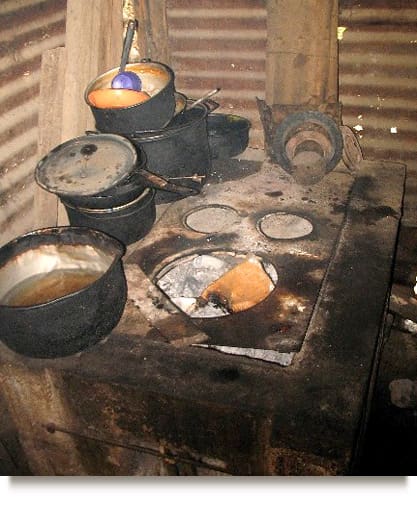
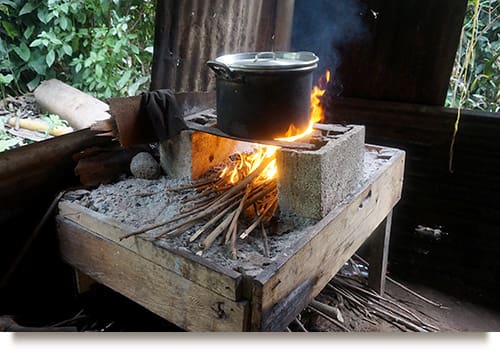
Traditional unvented stoves
In recent years, improved cooking equipment that is nevertheless affordable has been developed. One of these is the Onil stove, a considerable advancement in cooking technology. One of its important features is ventilation to direct smoke away from the cooking space. Keeping smoke out of the home greatly reduces respiratory disease, especially among women and children. Onil stoves also use wood fuel more efficiently, reduce the incidence of accidental burns (especially among children), and have a flat and stable metal cooking surface.
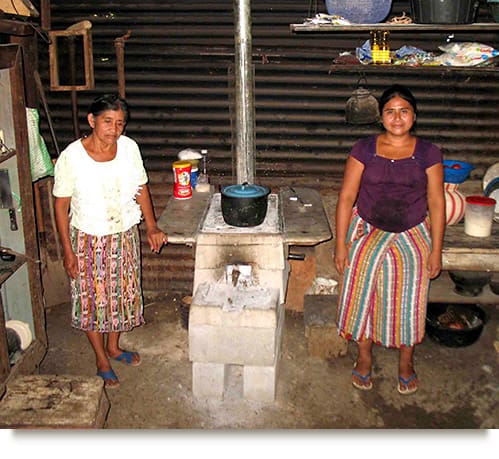
Mother and daughter proudly display their Onil stove
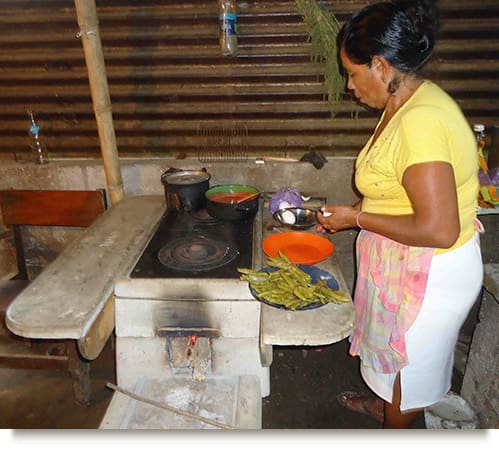
The exhaust pipe for this Onil stove exits through the wall
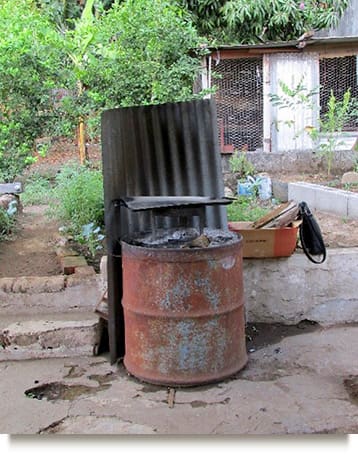
Outdoor stove with movable windscreen
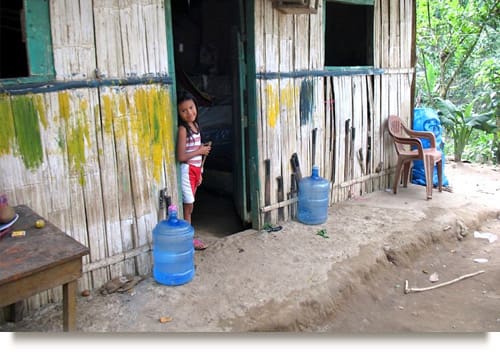
Youngster in doorway to family room
and kitchen
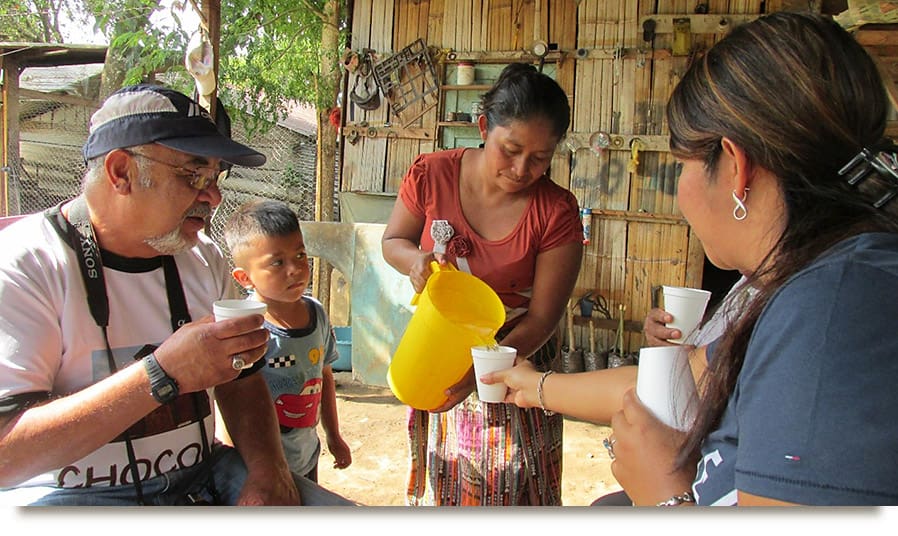
Sharing a home-made fresco
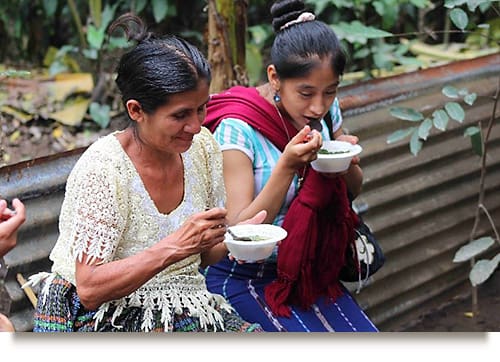
Outdoor meals are common in the Guatemala climate
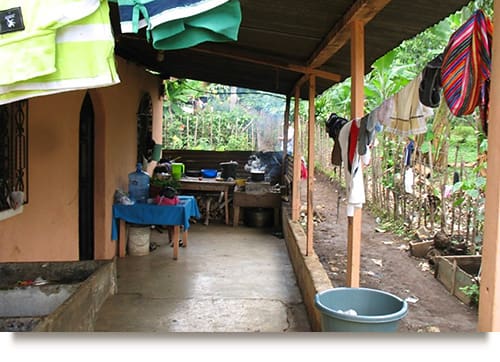
Patio kitchen takes advantage of
breezes on hot days
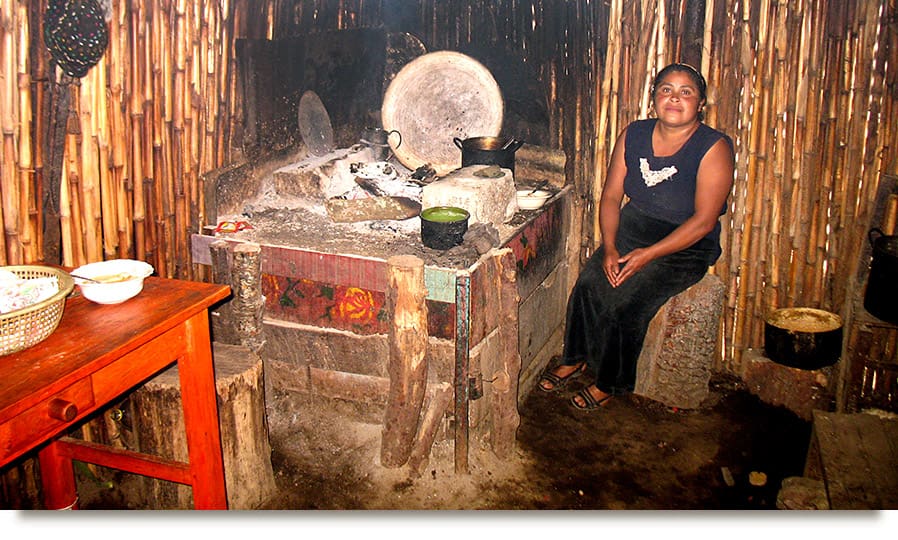
Generations of family meals have been produced here
By Earl de Berge
Join the Seeds For a Future Newsletter!
Our unique approach to sustainable, long-term food security training dramatically increases health and opportunities every day.
We'll keep you informed with the latest insights, updates, videos, and resources of the Program's participants and the Seeds Team.

